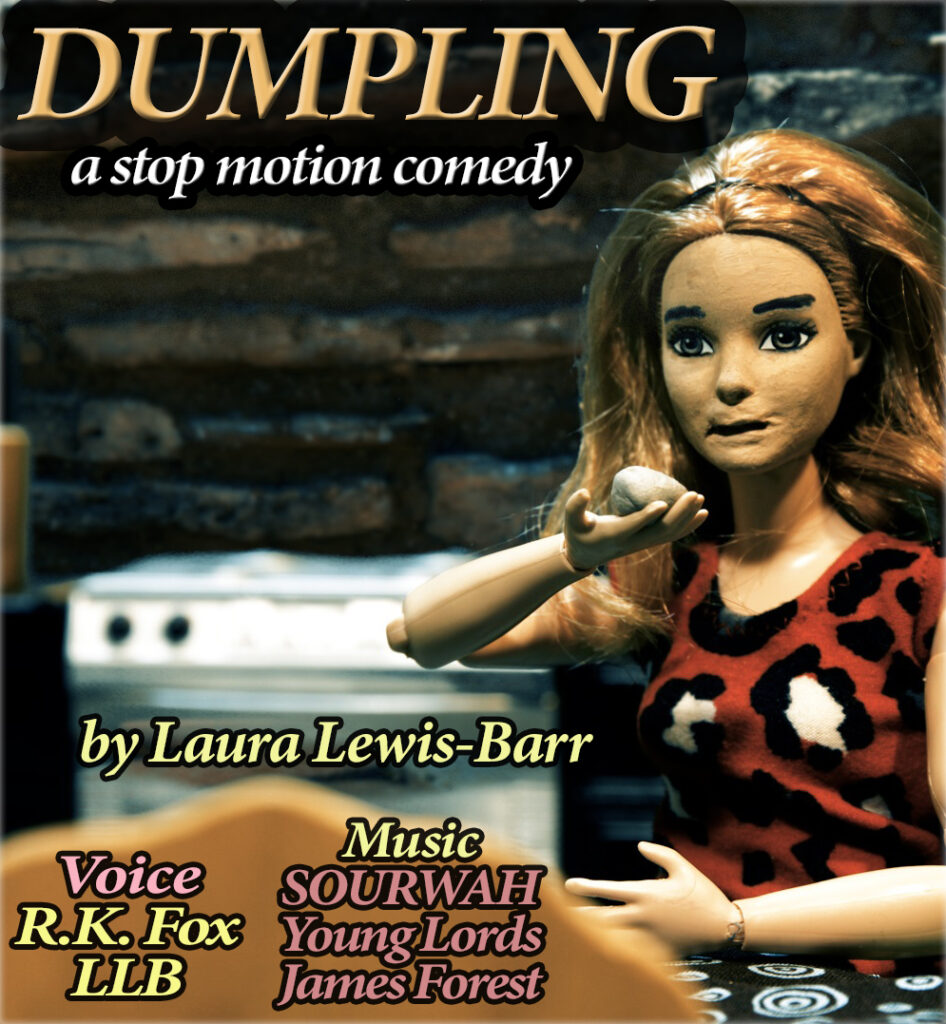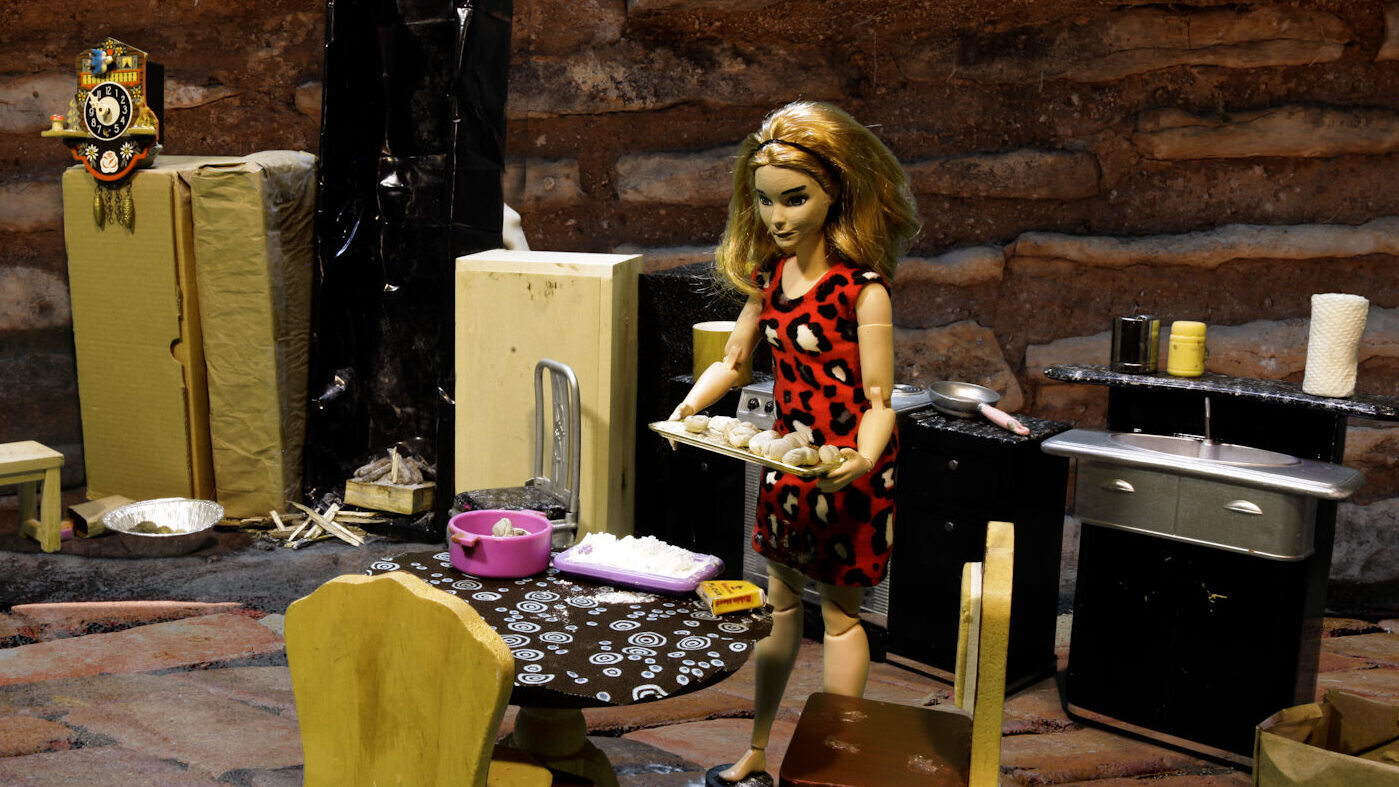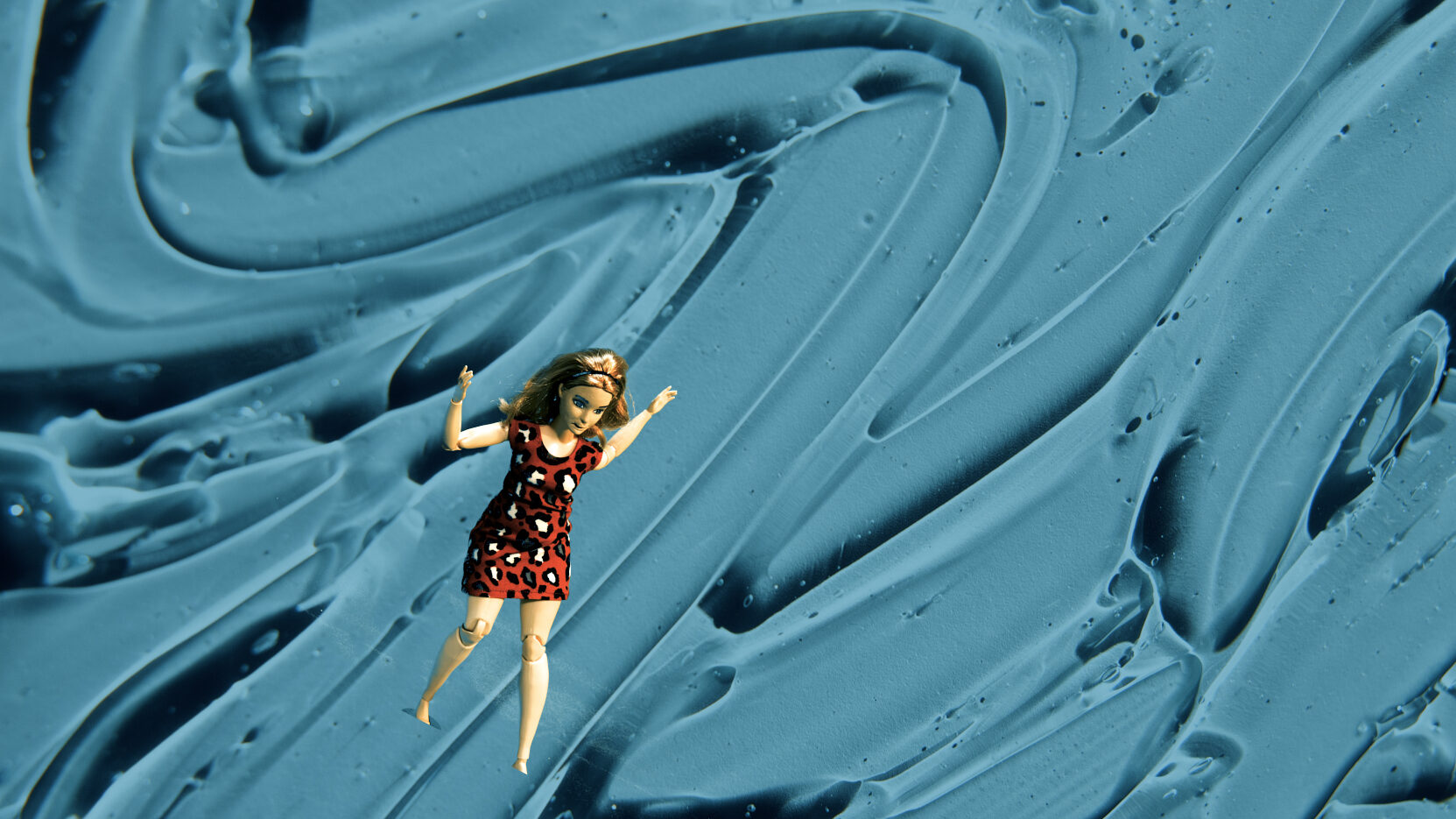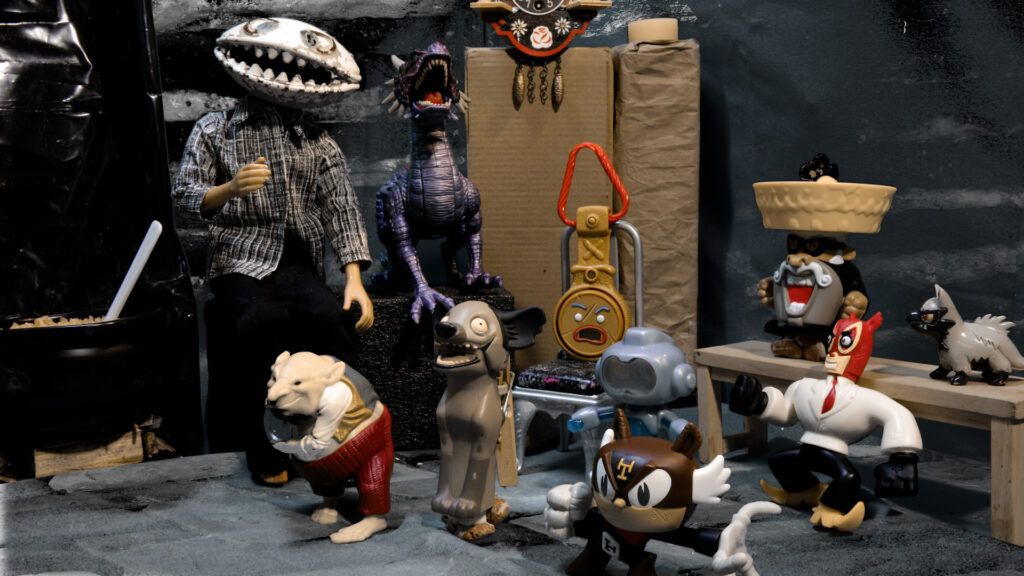Burnout and Recovery in Laura Lewis-Barr’s “Dumpling”
**Spoiler alert!** At the 2023 Fates and Graces Mythologium, Laura Lewis-Barr shared a presentation about her films, “The Inner Child at Play: Using Fairy Tale Stop Motion Films in Inner Work.” This post analyzes one of those films, “Dumpling.” To avoid spoilers, you can watch the film here before reading.
The woman who used to laugh
Laura Lewis-Barr’s 8-minute film “Dumpling” tells the story of a woman named Haha who has a gift for cooking. At the beginning of the movie, we know two things about Haha: her family calls her Haha because she used to laugh so much, and she loves to cook dumplings.
But when the film begins, Haha isn’t laughing anymore. Instead, she spends her dwindling energy and resources making dumplings for an insatiable throng of visitors. In other words, she uses her creative skills for the nourishment of others, not herself. She wears herself out so others can eat, and she never asks for anything in return. She doesn’t even feed herself. In this state of hunger and exhaustion, Haha is barely surviving in body or soul. She is merely subsisting in a state of burnout.
Haha’s metaphors
The spare quality of the story in “Dumpling” spotlights the psychological metaphors at play. We don’t know much about Haha at the beginning, but we know laughter, cooking, and dumplings are very important to her. Each of these images suggests a deep well of meaning.
Laughing, for example, is a spontaneous, physical release of delight. Haha’s ability to laugh represents her connection with her bodily self, her authentic spontaneity, her innate capacity for joy.
Similarly, cooking is a metaphor for the alchemical art of turning raw, indigestible ingredients into an experience of delicious nourishment. Psychologically, cooking represents the work of turning raw traits and talents into an integrated, balanced personality. This work takes time, care, practice, and patience.
Cooking can also be an art form, a means of creative expression, and Haha’s dumplings are her creative products. They are the physical manifestations of her innate talent and skill, honed by the time she spent practicing her craft. Haha’s dumplings are indeed special: they’re “almost perfect,” the film tells us. But feeding her dumplings to visitors with no reciprocal exchange of energy means Haha has bargained away her creativity, perhaps in the hopes of approval or acceptance.
The first perfect dumpling
One day when Haha is nearly at the end of her resources, she takes the decisive action of locking her door to keep the visitors at bay. She has tended to a personal need at last; she has established a boundary.
Then, hungry and alone in her kitchen-studio, cooking the last of her rice—the last of her energy, her last art supplies—Haha makes the best dumpling of her entire career. The film calls this dumpling “sublime” and “perfect” and sure enough, this is no normal dumpling. First it manages to make sad Haha smile again. Then, of its own volition, the dumpling slides off Haha’s plate and leads her out of her home and into the underworld. In psychological terms, it leads into the depths of Haha’s soul.
A perfect dumpling with a mind of its own? There’s no such thing as a perfect dumpling, any more than there’s such a thing as a perfect person. And this dumpling is alive! Haha’s sublime dumpling draws attention to itself as a metaphor, representing at least three things: the sacredness and vitality of Haha’s creativity, the existence of her innermost soul, and her psychological tendency toward perfectionism. Haha must sense how important this dumpling is, because she follows it without hesitation. Out the door she goes and down into the underworld. Her creativity and soul are running away, and she must chase the dumpling to save them.
Entering the underworld
So down Haha plunges into the gray, colorness underworld, which is, almost by definition, no fun. I cannot stress this enough: the underworld is no fun. When you enter the underworld, you can count on things getting worse before they get better, and there’s no guarantee that will happen at all.
The image of the underworld is shorthand for the innermost reaches of the psyche where we store everything we can’t deal with right now: fear, anxiety, power, desire, and guilt. We push them so far away from our conscious awareness that we don’t even know about them anymore. An underworld journey is a harrowing way to visit these cast-off parts of the soul, to learn about them, hopefully without judgment, and to choose which to bring to the surface and which to transform into something else. Often it takes misery to force a confrontation with these issues. Suffering is a powerful motivator for change.
But remember the underworld stores more than psychological hang-ups. It also holds, like a bank account, the soul’s gifts and powers that we deny or repress in an attempt to gain approval and acceptance.
Underworld wisdom
What does Haha find on her underworld journey? First, she meets with three Buddhist sages, her inner wisdom-keepers, each of whom tells her a joke. Her innate wisdom is trying to communicate with her. Her impulse toward enlightenment—which is nothing if not a way of light-ening up—is trying to get her to laugh again, but she can’t. Not yet. She’s still too hungry, tired, and sad that her perfect dumpling—her soul, her creativity—is lost.
The first two sages also give her warnings: everyone is hungry in the underworld, and not everyone is a comedian, meaning that not everyone is enlightened. But Haha ignores the warnings of her own intuition.
Sure enough, at the third sage, Haha meets a man.
“Don’t hurt her!” the sage shouts to the man.
“Where’s my dumpling?” Haha demands.
Things get worse before they get better
This man, it turns out, ate Haha’s dumpling!
She ought to be angry with him, or at least tell him how she feels. Instead, she succumbs to his flattery about her cooking abilities and allows him to seduce her into cooking for him. Despite the third sage urgently shaking his head no, Haha sails with the man across a body of water and starts cooking for him. But the man turns out to be the king of the demons. He demands that she cook dumplings for his demon-followers around the clock.
The Demon King harnesses Haha’s energies for himself and his ghouls. Now she is caught on an even more draining hamster wheel, trying to keep up with the insatiable hungers of her personal demons in the underworld. Her conditioned pattern for pleasing others at the expense of herself takes on a manic quality, until at last the day comes when Haha makes another perfect dumpling. This second perfect dumpling, like the first, makes a break for it.
Haha knows she must escape the demon lair to catch this dumpling, so she drugs the demons and runs. In other words, she uses her cunning to outwit the complexes that hold her soul hostage. But the demons wake up and chase her. Psychological patterns do not give up easily.
Returning to life
As Haha sails back across the water, the Demon King drinks it all, stranding her little boat in the muck as the demon mob approaches. Haha jumps out of her boat, backs away from them, then slips and falls flat on her back in the mud with all the flopping fish. She has hit bottom: the lowest, muddiest part of the underworld itself. She has nothing left: no dumpling, no boat, no hope. And that’s when the magic happens: Haha bursts out laughing at herself. Silliness replaces seriousness, levity replaces heaviness. She lightens up, in a moment of muddy grace.
And laughter, it turns out, is contagious. The Demon King can’t help laughing too, which forces him to regurgitate the water he drank, enabling Haha to zip away in her boat back up through an underworld now rich with color. Haha arrives home still laughing, and the story ends with another knock at her door.
Who is on the other side? Maybe the Demon King followed her up. Maybe it’s the visitors who ate her out of house and home. But maybe it’s someone else completely. Maybe someone or something new has arrived, and Haha will be able to relate with this new aspect of her psyche in a conscious, creative, mutually beneficial way.
What Haha learns in the underworld
Haha has been to a metaphorical underworld and back. The beings who populate her underworld are metaphors for the energies of her soul. The thing is, these soul energies are not static. They can change, and we can influence those changes. That’s the name of the game: reclaiming energy from demons such as fear, guilt, anger, perfectionism, and people-pleasing, and assigning that energy to more useful activities, like self-care, creativity, and delight.
Haha’s two perfect dumplings are gifts of the soul that help her recover her soul. One of them leads her into the underworld, where she confronts her own personal demons, and the other leads her out again, with new wisdom and powers. It’s interesting that the second dumpling disappears from the story. Perhaps this indicates that Haha has released her perfectionism and reclaimed her creativity back into herself, away from the external world’s demands. Her burnout is on the mend. She can laugh again and care for herself, which will give her a strong foundation for sharing her gifts with others in a sustainable, reciprocal way.




